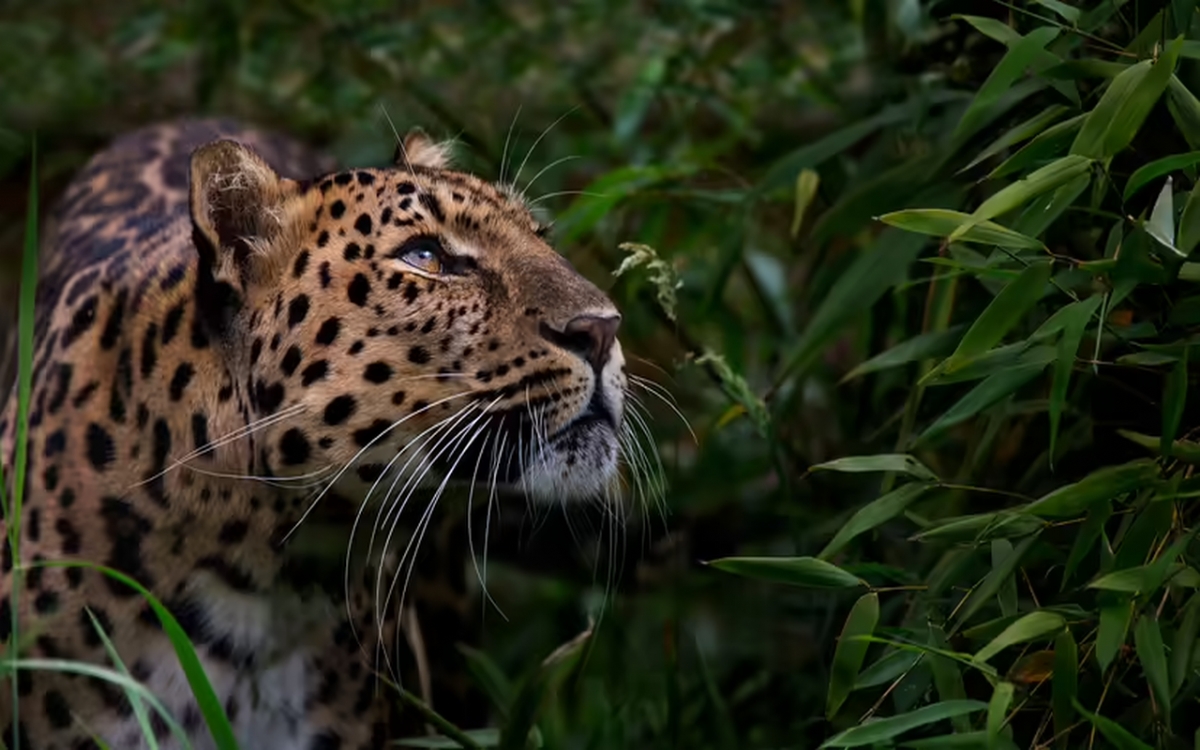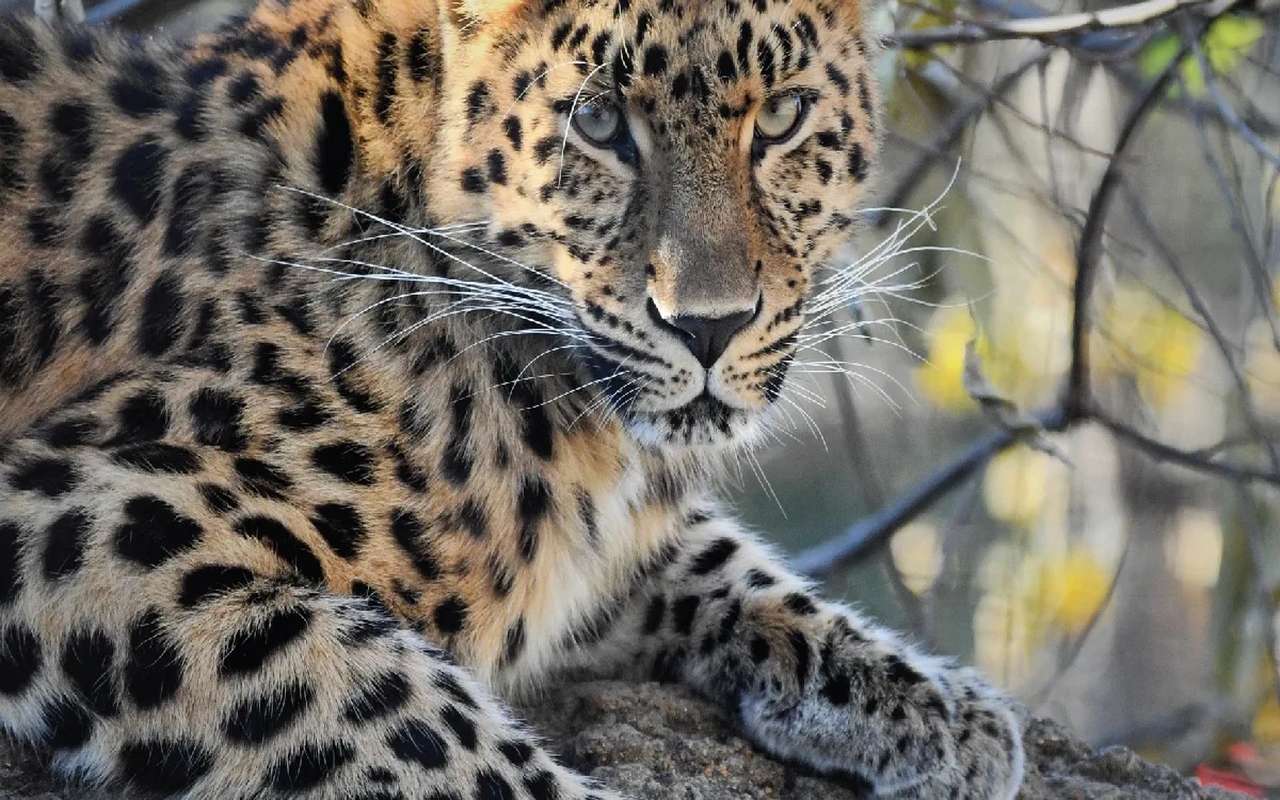Amur Leopard: The Rarest Big Cat in the World

Found on a small patch of land where Russia, China and North Korea meet, the Amur leopard is famously secretive about how it tracks its prey and protects itself from poachers.
Learn more about these critically endangered big cats.
Amur Leopard Basic Information
The Amur leopard (Panthera pardus orientalis), also known as the Far Eastern leopard, is the rarest and northernmost of the nine recognized leopard subspecies.
Other leopard subspecies include the critically endangered Arabian leopard (Panthera pardus nimr) and the endangered Javan leopard (Panthera pardus melas).
Because the Amur leopard's habitat is the cold taiga, their fur is thicker than that of other species.
Leopards are territorial and solitary animals, with male Amur leopards occupying larger territories than females. Amur leopard cubs live with their mother for about two years.
What Do Amur Leopards Eat?
According to the Land of the Leopard National Park in Russia, where most wild Amur leopards live, Amur leopards prey on more than 20 species. The majority of their diet consists of roe deer and sika deer, but they also eat amphibians, fish, rodents and wild boar.
Where do Amur Leopards live?
Most of the Panthera pardus orientalis species live in the Land of the Leopard National Park in the Russian Far East. There are smaller populations in Northeast China and North Korea. The Amur leopard's preferred habitat is the mountain cliffs near the borders of these countries.
Since leopards are very difficult to capture, it can be difficult to collect population data. A 2016 study analyzed local records in Northeast China from the 1950s to the 1990s and found that "after the 1970s, there was a sharp decline from lowland to mountain and from northeast to southwest, indicating a negative impact from anthropogenic pressure."
Human encroachment on the Amur leopard's territory has also led to population declines in Russia, where it was killed for competing with hunters and endangering reindeer herds.
A 2022 study analyzed Amur leopard DNA from feces collected in Leopard Country. Scat collection, combined with snow tracking and camera traps, can provide a more accurate picture of the surviving population. 
How Many Amur Leopards Are Left?
There are probably less than 200 Amur leopards left in the wild, making it probably the rarest cat in the world. The largest Amur leopard population lives in Leopard Country, where 121 leopards were found in December 2023; other populations are probably much smaller.
Human activities have driven the Amur leopard to the brink of extinction. "A rapid population decline was observed in the 20th century due to overhunting, reduction of prey species and marginalization of habitat resources," wrote the authors of the 2022 study on leopard scat.
The International Union for Conservation of Nature (IUCN) Red List named the Amur leopard critically endangered in 2008, and while conservation efforts have led to modest population increases, these big cats are still under threat.
"The small population that survives today is at extreme risk of extinction due to poaching, deforestation, inbreeding and anthropogenic pressure," wrote the authors of the 2016 study, who used local records to reconstruct population data.
Thanks for reading.



































